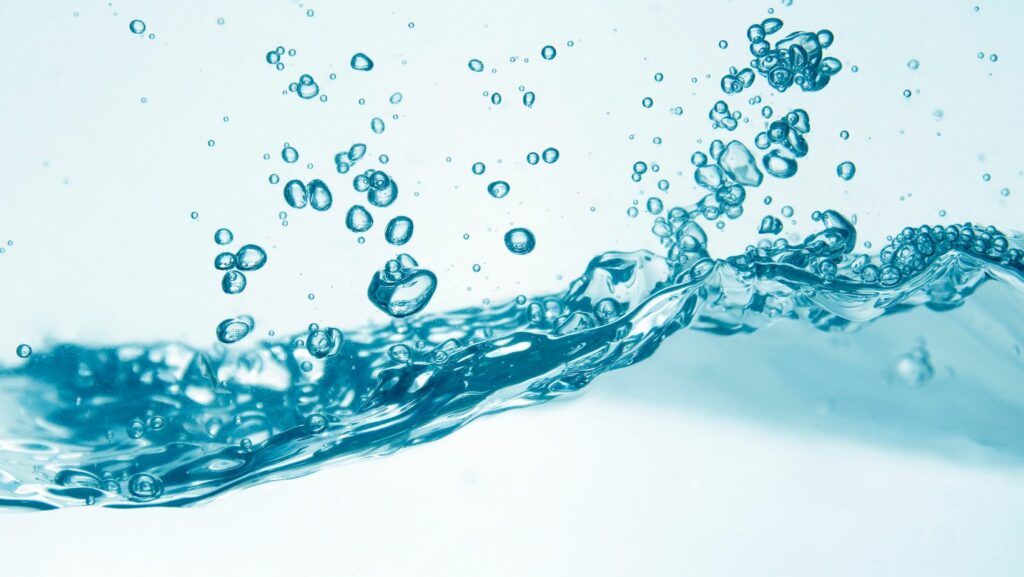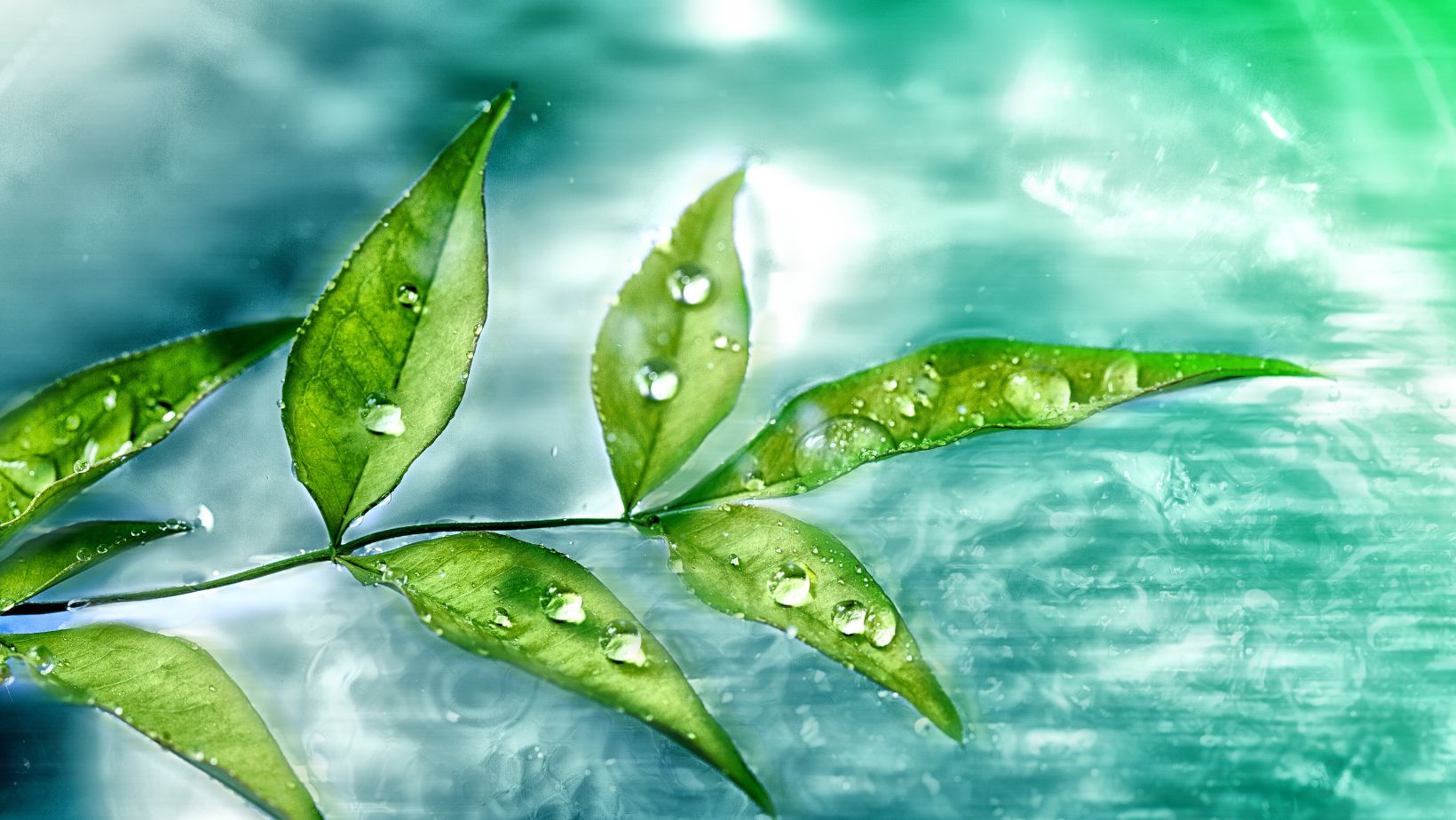Key Takeaways
- Understanding Pure Water: Pure water is composed solely of H₂O molecules, but its natural occurrence is rare due to environmental factors and pollution.
- Natural Filtration Systems: Aquifers and geological formations play a crucial role in filtering impurities from water, contributing to the overall purity of natural sources.
- Sources of Purity: Mountain springs, glaciers, and rainwater collected before contact with surfaces are among the purest water sources found in nature.
- Impact of Pollution: Industrial runoff, agricultural practices, and urban waste significantly threaten the purity of natural water sources, necessitating regular monitoring and protection efforts.
- Geographical Factors: Wilderness areas and remote locations, such as the Arctic, are more likely to harbor pure water due to limited human interference and natural filtration processes.
- Challenges to Water Quality: Human activities, climate effects, and natural events can alter water purity, highlighting the importance of conservation and sustainable practices.
In a world where pollution and environmental changes dominate headlines, the quest for pure water has become increasingly pressing. Many wonder if pristine water can still be found in nature, untouched by human influence. The allure of crystal-clear streams and untouched springs raises questions about the purity of these natural sources.
While water is essential for life, its purity varies greatly depending on location and environmental factors. Understanding where to find the most pristine water can help individuals make informed choices about their hydration. This exploration delves into the natural sources of water, examining the conditions that contribute to its purity and the challenges posed by modern society.
Can Pure Water Be Found in Nature
Pure water consists of H₂O molecules without impurities, contaminants, or foreign substances. Its presence in nature is rare due to various environmental factors. Understanding the conditions that contribute to pure water is essential.
Natural filtration systems, such as aquifers, play a significant role in water purity. These geological formations allow water to pass through layers of soil and rock, removing contaminants. For example, sandstone and gravel effectively filter pollutants, resulting in cleaner water sources.
Mountain springs and glaciers often provide some of the purest water. Elevated locations pose fewer pollution risks, and glacial meltwater, derived from highly compressed ice, typically contains minimal impurities. Additionally, rainwater can also be pure when collected directly before any contact with surfaces, providing another clean water source.
Despite these examples, modern challenges jeopardize the existence of pure water. Industrial runoff, agricultural chemicals, and urban waste contribute to widespread contamination. As pollution increases, natural sources increasingly struggle to maintain purity.
Monitoring efforts help identify and preserve pure water sources. Organizations often track the quality of water through regular testing. Quality assurance enables the detection of pollutants, making it possible to address contamination sources effectively.
Pure water sources remain scarce, and that scarcity highlights the need for ongoing protection of natural ecosystems. Understanding the balance between human activities and water purity plays a vital role in ensuring clean water availability for future generations.
Sources of Water in Nature
Natural sources of water in nature include both surface water and groundwater. Understanding these sources helps in appreciating the variability of water purity in different locations.

Surface Water
Surface water comprises rivers, lakes, and reservoirs. These water bodies collect precipitation and runoff from surrounding lands, impacting water quality. Mountain lakes and streams often exhibit higher purity levels due to limited human activity and natural filtration through rocks and soil. However, urban runoff, agricultural runoff, and industrial discharges can introduce pollutants, diminishing purity. Regular monitoring of surface water helps identify contamination and enables necessary mitigation strategies.
Groundwater
Groundwater occurs in aquifers, which are underground layers of water-bearing rock. Natural processes often keep aquifer water relatively pure as it filters through soil and rock layers, trapping impurities. Wells accessed by individuals or communities typically extract groundwater, which can be one of the cleanest sources. However, over-extraction, chemical runoff, and changes in land use pose risks to groundwater quality. Consolidated monitoring and conservation efforts ensure the sustainability and purity of this vital resource.
Purity of Natural Water
Natural water purity varies significantly due to numerous environmental and anthropogenic factors. Understanding these influences is essential for assessing the quality of water sourced from nature.
Factors Affecting Water Purity
- Geology: Geological formations impact water’s natural filtration process. Water passing through layers of rock and soil can either enhance or diminish purity, removing contaminants or introducing minerals.
- Climate: Climate conditions influence evaporation rates and precipitation patterns, affecting water availability and quality. Dry climates may increase concentration of pollutants, while wet climates can dilute impurities.
- Human Activity: Urban development, industrial activities, and agricultural practices contribute to pollution. Proximity to these activities often determines the purity levels of nearby water sources.
- Natural Events: Floods, droughts, and wildfires can alter water purity through increased sedimentation, runoff of chemicals, and changes in land use.
- Biotic Factors: Aquatic flora and fauna can either contribute to water purity or increase contamination levels depending on their populations and health.
Types of Contaminants
- Microbial Contaminants: Bacteria, viruses, and protozoa can enter water supplies through fecal matter, leading to diseases. Sources include sewage overflows and livestock runoff.
- Chemical Contaminants: Pesticides, herbicides, and industrial chemicals pose risks when they leach into water. Agricultural runoff and improper waste disposal frequently introduce these pollutants.
- Heavy Metals: Lead, mercury, and arsenic can contaminate water, often sourced from mining activities and industrial discharges. Aging plumbing systems can also contribute to heavy metal presence.
- Nutrients: Excess nitrogen and phosphorus from fertilizers can cause algal blooms in water bodies, reducing oxygen levels and harming aquatic life.
- Sediment: Soil erosion increases turbidity and can carry more harmful substances into water sources. Development and deforestation often exacerbate sedimentation issues.
Maintaining water purity involves understanding these factors and addressing challenges caused by human interaction with the environment.
Regions with Pure Water
Pure water can be discovered in specific regions of the world. Various environments contribute to this purity, especially in wilderness and remote locations.
Wilderness Areas
Wilderness areas often contain some of the purest water sources. Mountain springs and lakes, sheltered from urban development, maintain higher purity levels. For example, the pristine waters of the North Cascades in Washington exhibit minimal human impact, thanks to their protected status. The isolation minimizes contamination risks from industrial and agricultural runoff. Additionally, natural filtration processes help sustain the quality of water in these regions, allowing for the existence of clean, drinkable water.
Remote Locations
Remote locations provide another opportunity to find pure water. Locations such as the Arctic and Antarctic regions boast glacial meltwater, which is generally free from pollutants due to their isolation from industrial activities. Greenland’s icebergs and glaciers offer water droplets that have been untouched for millennia. Similarly, many high-altitude regions, like parts of the Himalayas, contain aquifers that naturally filter water. The geographical remoteness ensures less exposure to contaminants, resulting in superior water purity.
Human Impacts And Environmental Changes
Finding pure water in nature is increasingly challenging due to human impacts and environmental changes. While pristine sources still exist in remote wilderness areas and high-altitude regions, they face constant threats from pollution and climate change.
Natural filtration systems like aquifers and mountain springs play a vital role in maintaining water purity. However, ongoing monitoring and protective measures are essential to safeguard these precious resources.
As awareness grows about the importance of clean water, efforts to preserve natural ecosystems become more crucial. Ensuring access to pure water for future generations requires a collective commitment to environmental stewardship and responsible management of our water resources.


